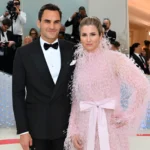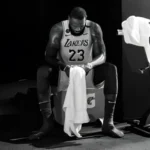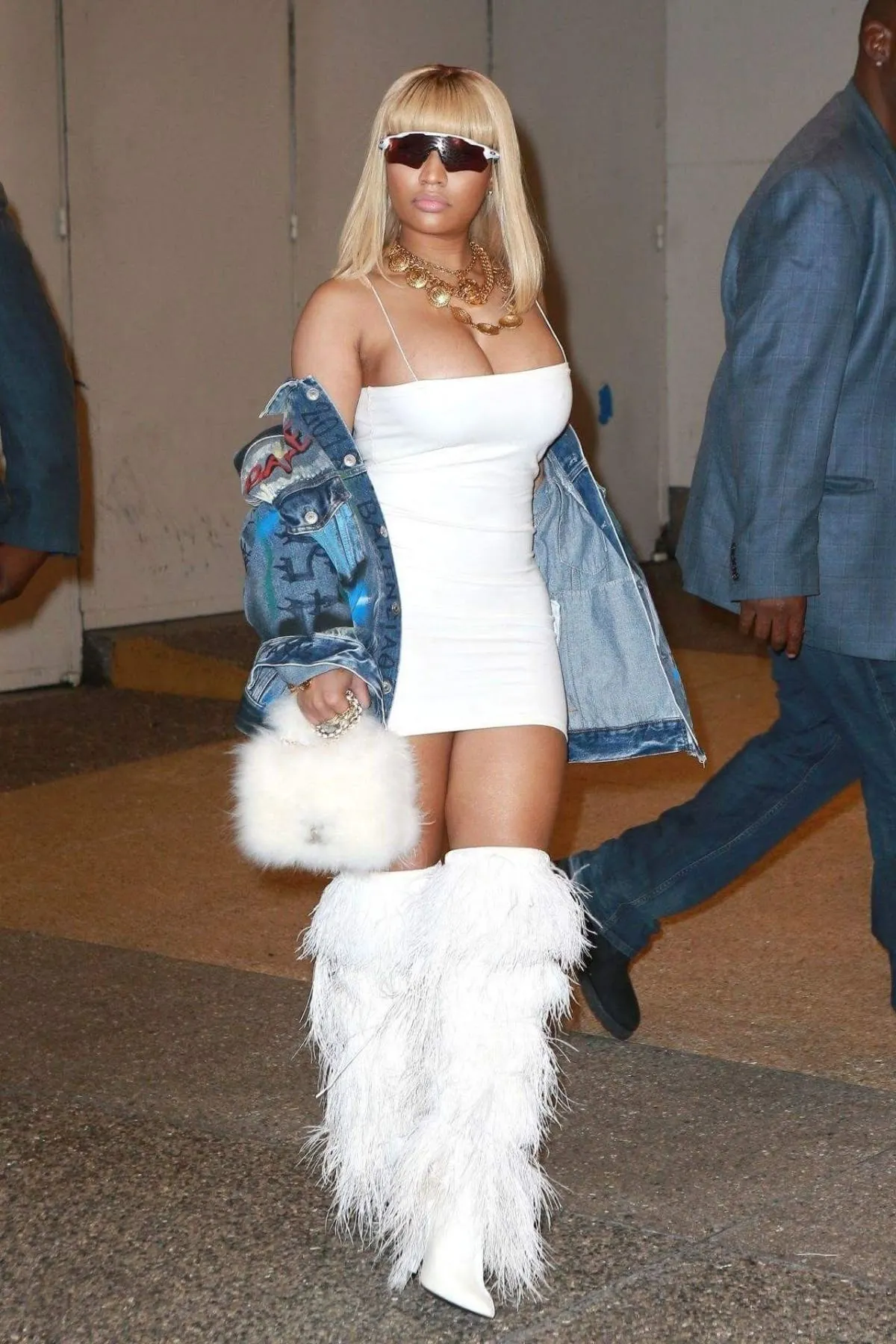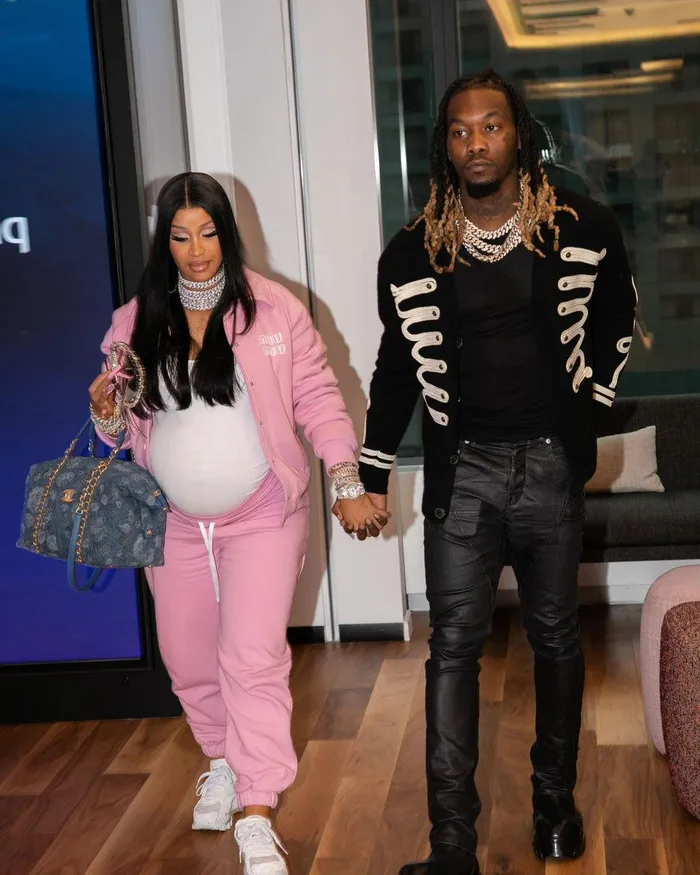
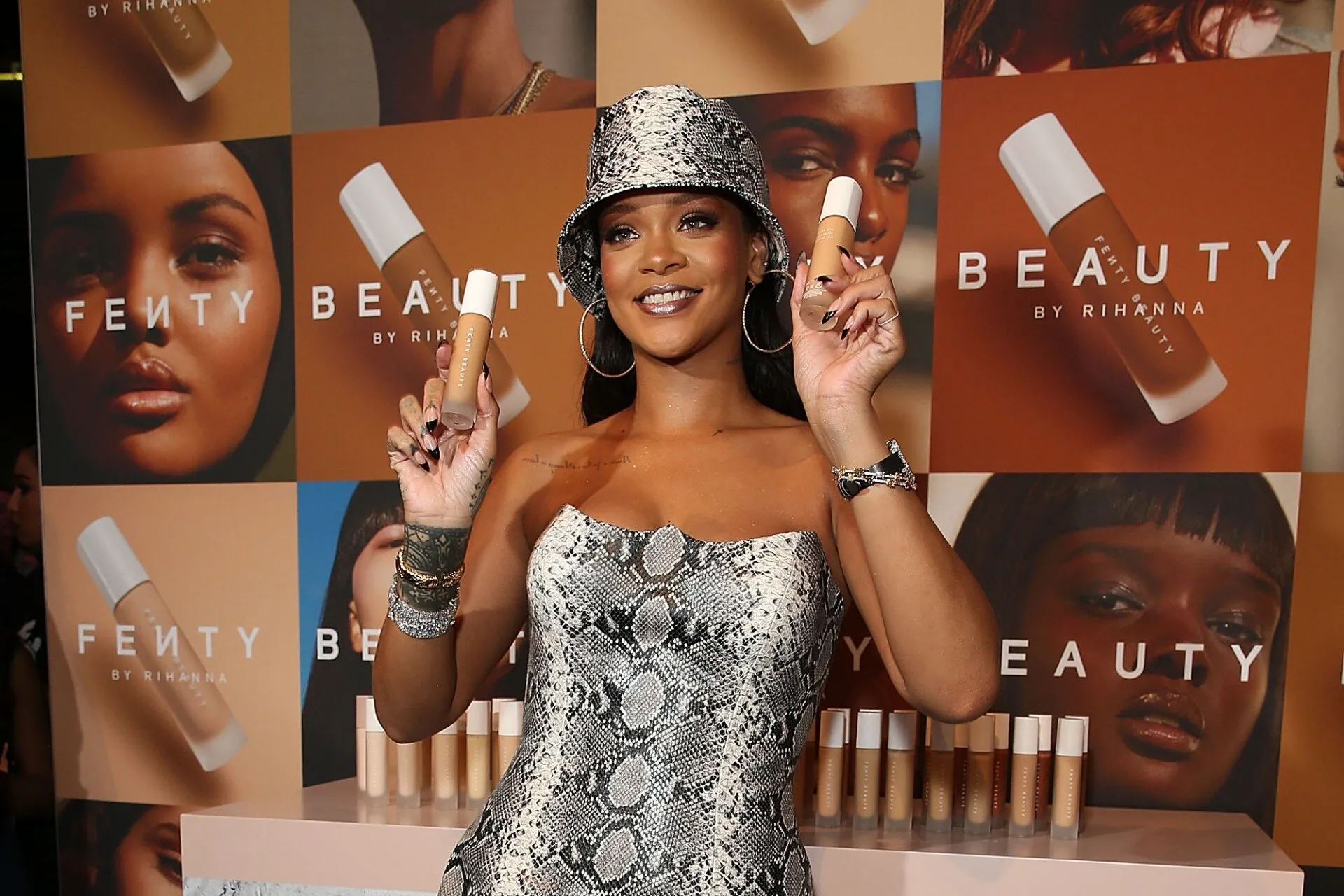
How Rihanna’s Bold Vision With Fenty Beauty Revolutionized Makeup and Forced the Industry to Catch Up
When Rihanna launched Fenty Beauty in September 2017, the beauty industry experienced what can only be described as a seismic shift. The global superstar didn’t just create another celebrity cosmetics line; she fundamentally challenged decades of exclusionary practices and redefined what inclusive beauty could look like. Her bold vision transformed not only how brands approach product development but also forced an entire industry to confront its longstanding shortcomings in serving diverse consumers.
The Revolutionary Launch That Shook Beauty Standards
The launch of Fenty Beauty was nothing short of revolutionary, primarily because of its unprecedented commitment to shade inclusivity. While most beauty brands at the time offered foundation ranges of 10 to 20 shades, Rihanna’s debut collection featured an astounding 40 foundation shades. This wasn’t merely a marketing gimmick or token gesture toward diversity; it was a comprehensive reimagining of who deserved to be included in the beauty conversation.
The Pro Filt’r Soft Matte Longwear Foundation became the cornerstone of this inclusivity revolution. The range was meticulously crafted to serve the full spectrum of skin tones, from the palest porcelain to the deepest ebony, with particular attention paid to undertones that had been historically overlooked by mainstream brands. Rihanna worked closely with makeup artists and colorists to ensure that each shade was carefully calibrated, recognizing that true inclusivity meant more than simply adding darker shades to an existing range.
The immediate impact was extraordinary. Within just 40 days of its launch, Fenty Beauty had generated over $100 million in sales, demonstrating the massive untapped market that existed for truly inclusive beauty products. Social media platforms exploded with testimonials from consumers who had never before found their perfect foundation match, with the hashtag #FentyBeauty becoming a rallying cry for representation in cosmetics.
Exposing Decades of Industry Neglect
Rihanna’s success with Fenty Beauty exposed a uncomfortable truth that the beauty industry had long ignored: millions of consumers, particularly those with deeper skin tones, had been systematically excluded from mainstream beauty offerings. For decades, major cosmetics companies had operated under the assumption that there wasn’t sufficient demand for products catering to diverse skin tones, a presumption that Fenty Beauty’s explosive success definitively disproved.
The traditional beauty industry had been built around a narrow definition of beauty that primarily served lighter skin tones. This exclusion wasn’t merely an oversight; it represented a fundamental failure to recognize and serve a significant portion of the global population. Women of color had long been forced to mix multiple foundation shades to achieve their perfect match, settle for subpar color matches, or turn to niche brands that often lacked the resources for widespread distribution.
Rihanna’s approach was revolutionary because it started from a place of true inclusivity rather than treating diversity as an afterthought. The brand’s development process involved extensive research and testing across diverse skin tones, ensuring that each product performed equally well regardless of the wearer’s complexion. This attention to detail extended beyond foundation to include highlighters, bronzers, and other complexion products that had traditionally been formulated primarily for lighter skin tones.
The Domino Effect Across the Beauty Landscape
The success of Fenty Beauty triggered what industry insiders now refer to as the “Fenty Effect” – a widespread awakening that forced established beauty brands to rapidly expand their shade ranges and reconsider their approach to inclusivity. Within months of Fenty’s launch, major brands began scrambling to extend their foundation offerings, with some increasing their shade counts by 50% or more.
Maybelline expanded its Fit Me foundation line from 16 to 40 shades. L’Oréal added new shades across multiple product lines. CoverGirl launched its TruBlend Matte Made foundation with 40 shades, directly mirroring Fenty’s inclusive approach. Even luxury brands like Too Faced and Tarte were compelled to address the glaring gaps in their shade ranges, often facing public criticism and calls for boycotts when their initial efforts fell short.
The Fenty Effect extended beyond just shade range expansion. It sparked conversations about representation in marketing campaigns, the diversity of brand founders and executives, and the need for inclusive product development teams. Beauty brands began featuring more diverse models in their advertising, hiring consultants to guide inclusive product development, and publicly committing to diversity and inclusion initiatives.
Redefining Beauty Standards and Consumer Expectations
Fenty Beauty’s impact transcended product offerings to fundamentally reshape consumer expectations and beauty standards. The brand’s success demonstrated that consumers were hungry for authentic representation and willing to support brands that genuinely prioritized inclusivity. This shift in consumer consciousness meant that inclusivity was no longer seen as a nice-to-have feature but as a basic requirement for modern beauty brands.
The brand’s marketing approach was equally revolutionary. Rather than relying on traditional beauty advertising that featured predominantly lighter-skinned models, Fenty Beauty celebrated diversity in all its campaigns. The brand’s imagery showcased the full spectrum of beauty, featuring models of different ethnicities, ages, and skin tones using products that were specifically formulated for their unique needs. This authentic representation resonated deeply with consumers who had rarely seen themselves reflected in mainstream beauty advertising.
Rihanna herself became a powerful advocate for this new vision of beauty. Her personal involvement in product development and marketing lent credibility to the brand’s inclusive mission. She regularly shared stories about her own struggles to find suitable makeup products and positioned Fenty Beauty as a solution to problems she had personally experienced. This authentic storytelling created an emotional connection with consumers that transcended traditional celebrity endorsements.
Beyond Foundation: A Comprehensive Inclusive Ecosystem
While foundation shade range expansion grabbed headlines, Fenty Beauty’s commitment to inclusivity extended across its entire product ecosystem. The brand recognized that true inclusivity meant considering how every product performed across diverse skin tones, not just base makeup. This comprehensive approach set a new standard for what inclusive beauty should look like.
The brand’s highlighter collection, for example, was formulated to be visible and flattering across all skin tones. Traditional highlighters often appeared chalky or ashy on deeper skin tones, but Fenty’s Killawatt Freestyle Highlighters were specifically designed to provide luminosity and dimension regardless of the wearer’s complexion. This attention to detail in every product category demonstrated a level of commitment to inclusivity that was previously unseen in the beauty industry.
Color cosmetics like lipsticks and eyeshadows were also developed with diversity in mind. The brand ensured that lip colors complemented various undertones and that eyeshadow palettes included shades that would enhance different eye colors and skin tones. This holistic approach to inclusive product development became a blueprint for other brands seeking to create truly diverse beauty offerings.
The brand’s packaging and branding also reflected its inclusive values. Clean, modern packaging design avoided cultural appropriation while remaining aspirational and luxurious. The Fenty name itself, derived from Rihanna’s surname, provided a personal connection while avoiding the pitfalls of using cultural imagery or references that might exclude or alienate certain groups.
The Business Case for Inclusivity
Fenty Beauty’s financial success provided undeniable proof of the business case for inclusivity. The brand’s rapid growth and profitability demonstrated that serving diverse consumers wasn’t just morally right; it was also financially smart. This revelation forced beauty industry executives to reconsider long-held assumptions about market demand and consumer behavior.
The brand’s parent company, LVMH, reported that Fenty Beauty achieved €500 million in revenue in its first full year, making it one of the most successful beauty launches in recent history. This success occurred despite the brand’s initial focus on areas that traditional beauty companies had largely ignored. The financial performance proved that there was indeed significant pent-up demand for inclusive beauty products.
The success also highlighted the power of authentic brand positioning. Consumers responded not just to the product quality but to the brand’s genuine commitment to inclusivity. This authenticity created strong brand loyalty and word-of-mouth marketing that money couldn’t buy. Social media testimonials and user-generated content became powerful marketing tools that amplified the brand’s message far beyond traditional advertising reach.
Investor interest in diverse beauty brands also increased following Fenty’s success. Venture capital firms began actively seeking beauty startups founded by entrepreneurs from underrepresented backgrounds, recognizing that these founders often had insights into underserved market segments. This shift in investment patterns helped fund a new generation of inclusive beauty brands.
Long-term Industry Transformation
The transformation sparked by Fenty Beauty continues to reshape the beauty industry years after its launch. The brand’s influence extends beyond product development to impact hiring practices, marketing strategies, and corporate culture within beauty companies. Diversity and inclusion initiatives that were once considered optional have become standard practice for brands seeking to remain competitive.
Beauty brands now regularly conduct shade range audits to ensure their products serve diverse consumers. Many companies have established dedicated teams focused on inclusive product development and have implemented testing protocols that specifically evaluate product performance across different skin tones. This systematic approach to inclusivity represents a fundamental shift in how beauty products are conceived and developed.
The industry has also seen increased investment in research and development focused on understanding the unique needs of diverse consumers. Companies are now studying how different skin tones interact with various formulations, how cultural beauty practices influence product preferences, and how to create products that perform equally well across diverse demographics.
Educational initiatives within the beauty industry have also expanded to address historical knowledge gaps. Makeup artist training programs now include comprehensive education about working with diverse skin tones, and beauty counter staff receive training on color matching and product recommendations for all customers.
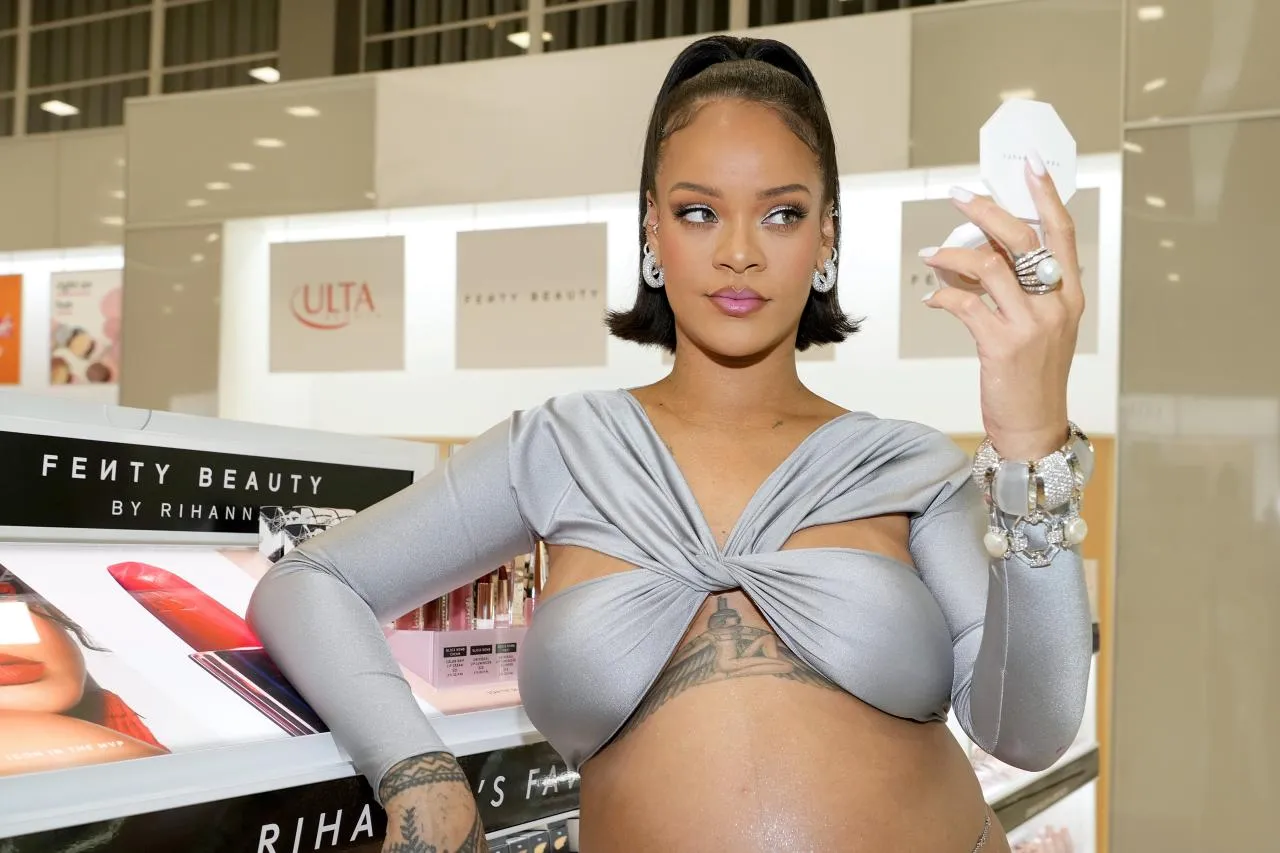
Conclusion: A Lasting Legacy of Change
Rihanna’s vision with Fenty Beauty created a paradigm shift that extended far beyond a single brand launch. By prioritizing authentic inclusivity and demonstrating its commercial viability, she forced an entire industry to evolve. The Fenty Effect continues to influence beauty brands worldwide, establishing inclusivity as a fundamental requirement rather than an optional consideration.
The brand’s success proved that consumers had been waiting for authentic representation and were willing to support brands that genuinely prioritized their needs. This validation has encouraged other entrepreneurs from diverse backgrounds to enter the beauty space, creating a more competitive and innovative marketplace that better serves all consumers.


